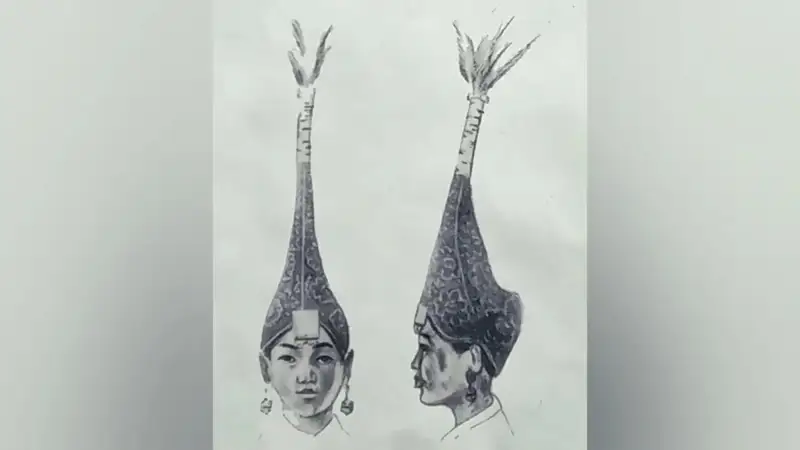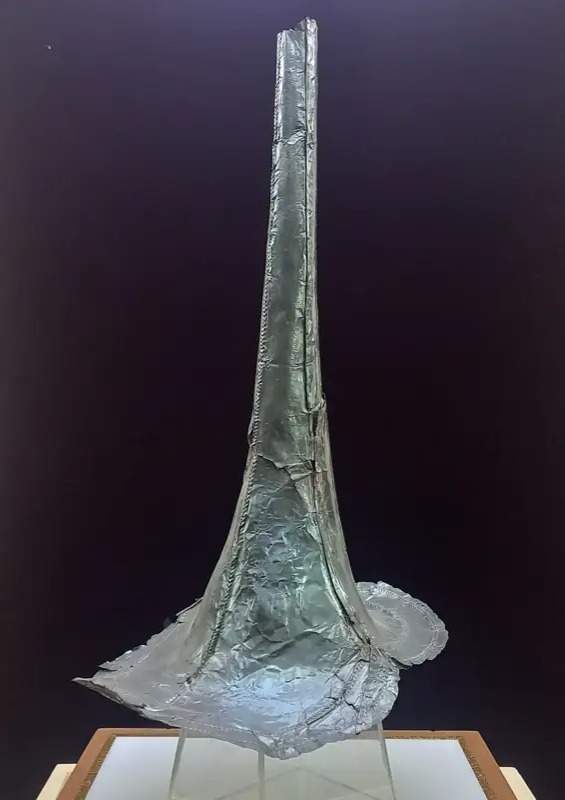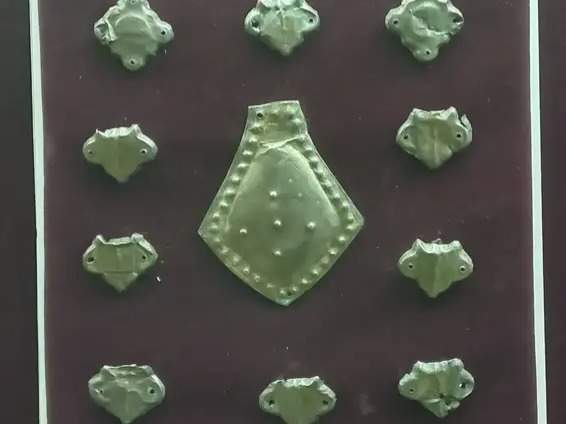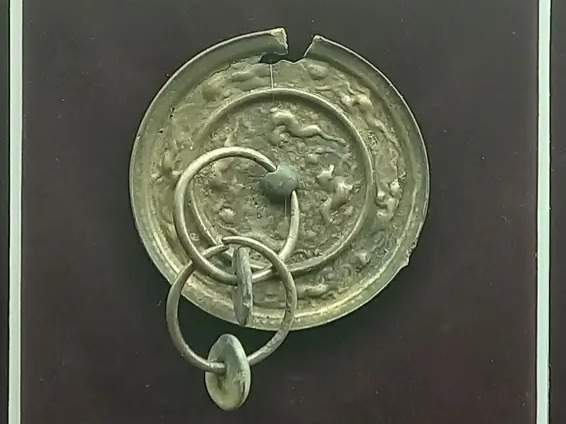Elegance and grandeur: Rare women’s bokka headwear on display in Kazakhstan’s Pavlodar museum
Our ancestors living along the River Irtysh laid special emphasis on creating headwear. One of pieces of headgear is kept at the nomadic civilization hall at the Potanin Pavlodar Regional Local History Museum, Kazinform News Agency reports.

The bokka cap undoubtedly grabs attention delighting visitors of the museum.

This ancient headgear was unearthed in 1959 during an archeological expedition of Firai Arslanova near modern Aktogai district, Pavlodar region. Research claims that the grave belonged to a noblewoman and dates back to the XIII-XIV centuries. A bocca headwear made of pure silver, mirrors and fragments of horse harness were discovered at the ancient burial site.

Such conical caps were popular in ancient times proven by golden earrings unearthed between the Rivers Irtysh and Ob and in the territory of Mongolia. The cap was attached to the braids or hand-tied in some other ways emphasizing the grandeur and elegance of the woman wearing it. The cap was made of felt coated in pure silver plating. This headgear found in the medieval burial mounds was made up to local jewelry traditions. According to research, it belonged to a woman from the Kimak and Kipchak tribes, head of the scientific research department of the Potanin Museum Gulzhanat Aliyeva said.
She said bokka caps worn in recognition of noble status were made of various materials, including the bark of birch. The brims of the cap were embellished with stones.

Besides, a silver mirror found in the burial site in the territory of Aktogai is also worth admiring. The unique mirror is decorated with images of 12 animals on its back side, presumably, 12 zodiac animals.
As earlier reported, an ancient 2,000-year-old temple is under study in Turkistan region.
